New England group of Hawkins Centers of Learning
The MIT Edgerton Center offers a range of experiential learning, hands-on activities and engineering challenge projects and clubs for students and participants from grade school to graduate school. http://edgerton.mit.edu/ Through its many K12 programs, children and teachers from local schools, or coming from other communities and international settings, participate in hands-on sessions and extended workshops. In a single session, children working in pairs design, construct and race a car made from Lego; a summer workshop has teens forming teams for developing and constructing an open-ended engineering of their own design. In doing this work, the Edgerton Center continues the legacy of strobe pioneer “Doc” Harold Edgerton, whose boundless spirit of investigation encouraged students to follow their curiosity in experimenting and questioning.
Discovering the Unexpected
The activity period began when Elizabeth Cavicchi, an instructor at the Edgerton Center, invited participants to:
Co-facilitator Yvonne Liu-Constant, early childhood professor at Lesley University, brought new materials, including glass bottles of various heights, to the tables. Both deep and high tones sounded from blowing over the bottles’ top, by mouth and soda straw. Rubber bands were stretched across bottles longitudinally, cookie tins and a dustpan. Fingers or fingernails plucked the stretched rubber bands. After 10 minutes, these activities were brought to a pause when Elizabeth made a ringing sound by hitting a brass bowl to gather people’s attention. Elizabeth then invited participants “to share discoveries, sounds, curiosities”. Those that blew over a bottle by mouth and straw described and demonstrated their “fog horn” and their surprise at producing a “whistle; I didn’t expect a whistle!” The video below reveals Amanda’s thrill at “discovering the unexpected! Whee”:
| I discovered that I didn’t like it. This was too safe, it was going with an idea that I already know existed. It’s more fun to afterwards say, that’s why it wasn’t working! I was trying to repeat something that existed already. I realized I needed to let go of what I already “know” (she gestured air quotes), so I could get into something that I didn’t know. It was fun watching others who were more experimental... |
After ten minutes of group sharing these initial sounds and observations, Elizabeth opened the next round of experimenting, saying
| "I encourage you to continue taking something further. Amplify it, extend it, change the sounds, see what you can modify, what that means. There are more materials, ask for things. I want everyone to have an experience with a tuning fork.” |
To set the tuning fork sounding, Elizabeth suggested striking it with a rubber mallet or against one’s hand; hitting it on a table or other rigid material could deform the fork.
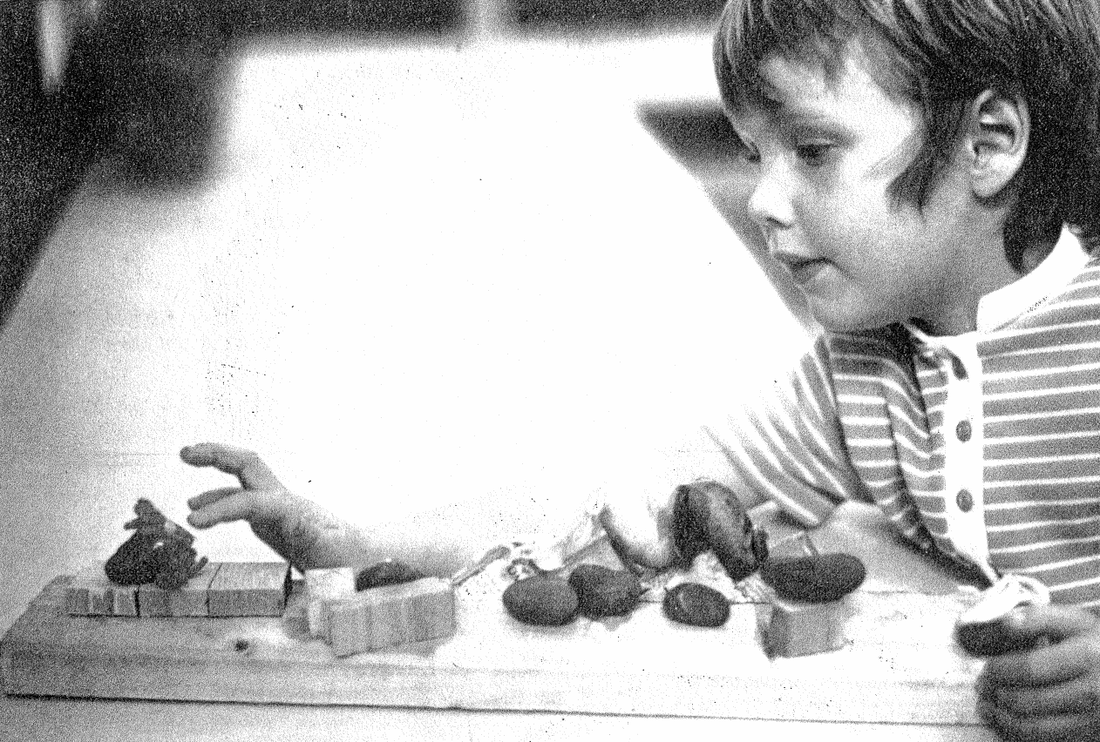
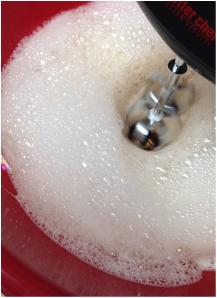
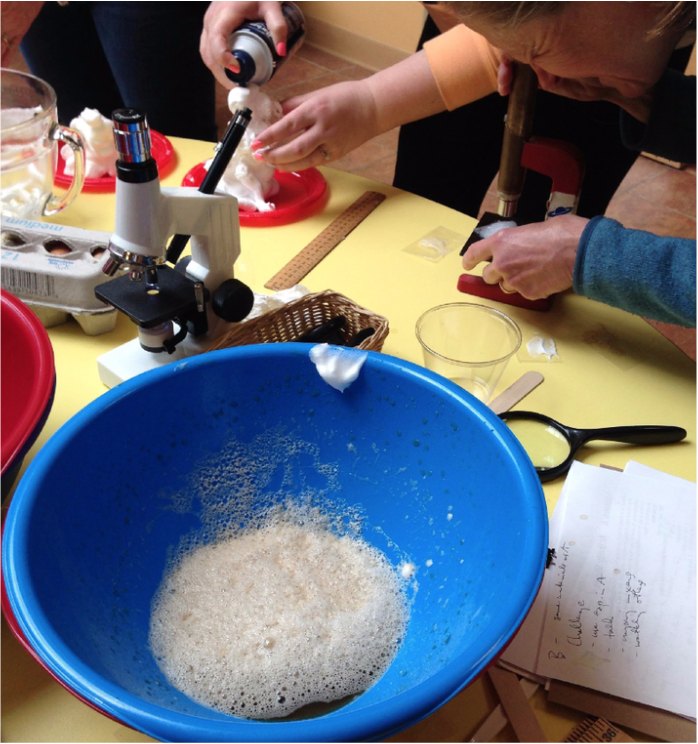
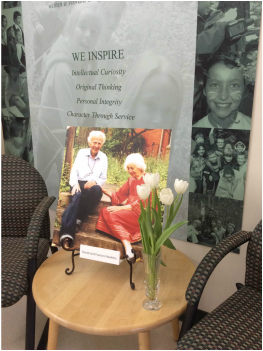
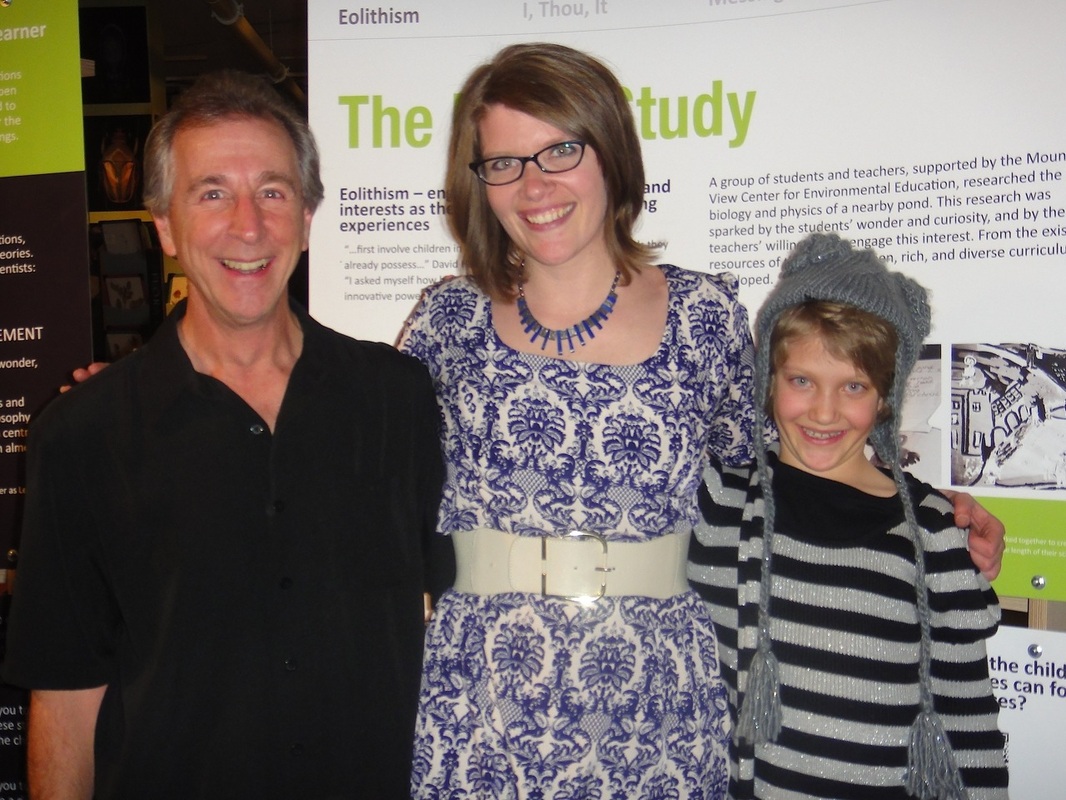
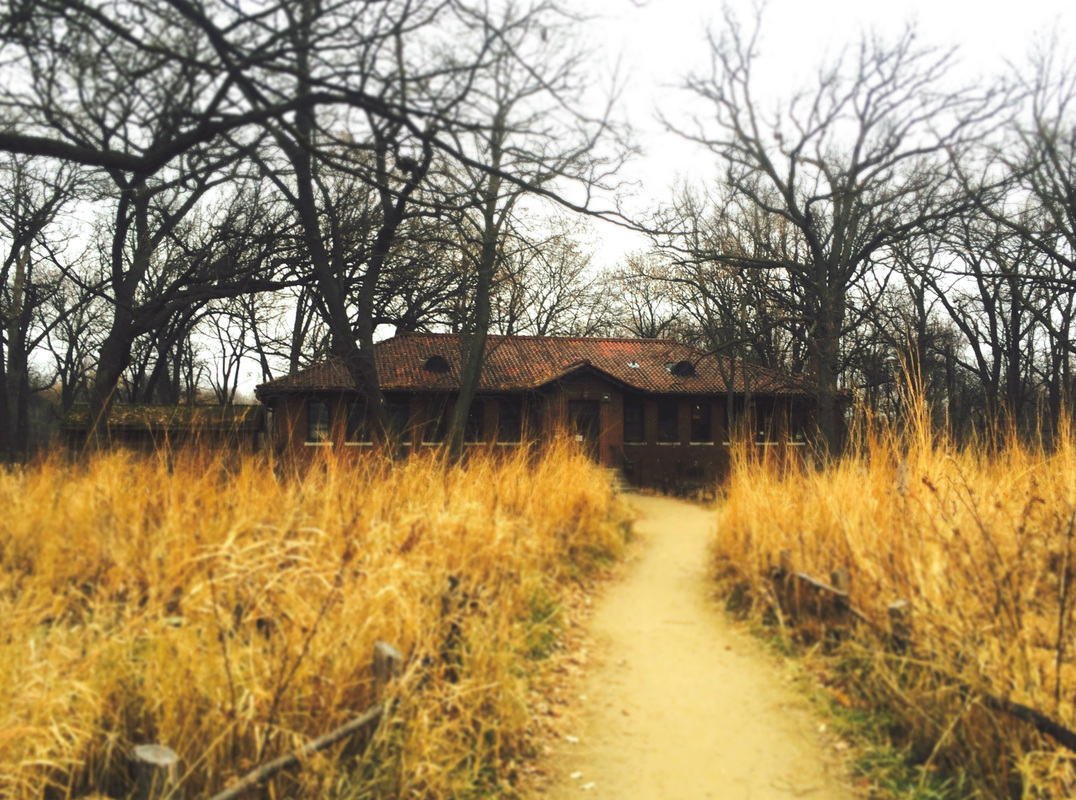
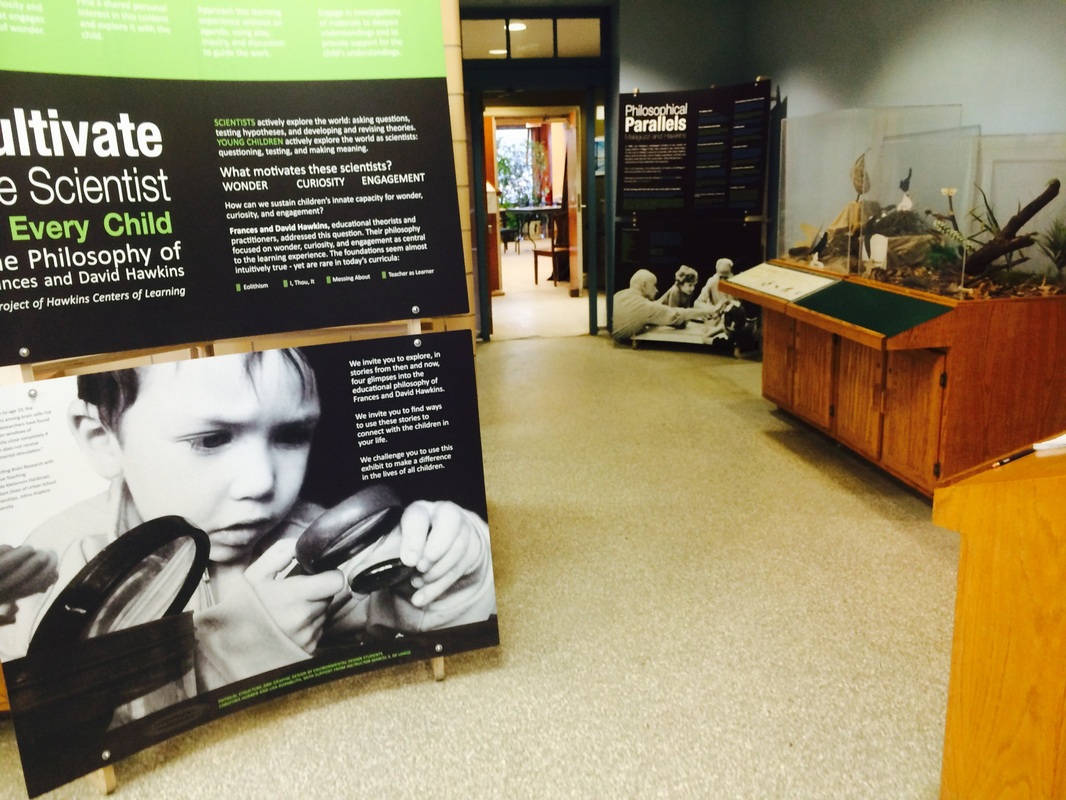
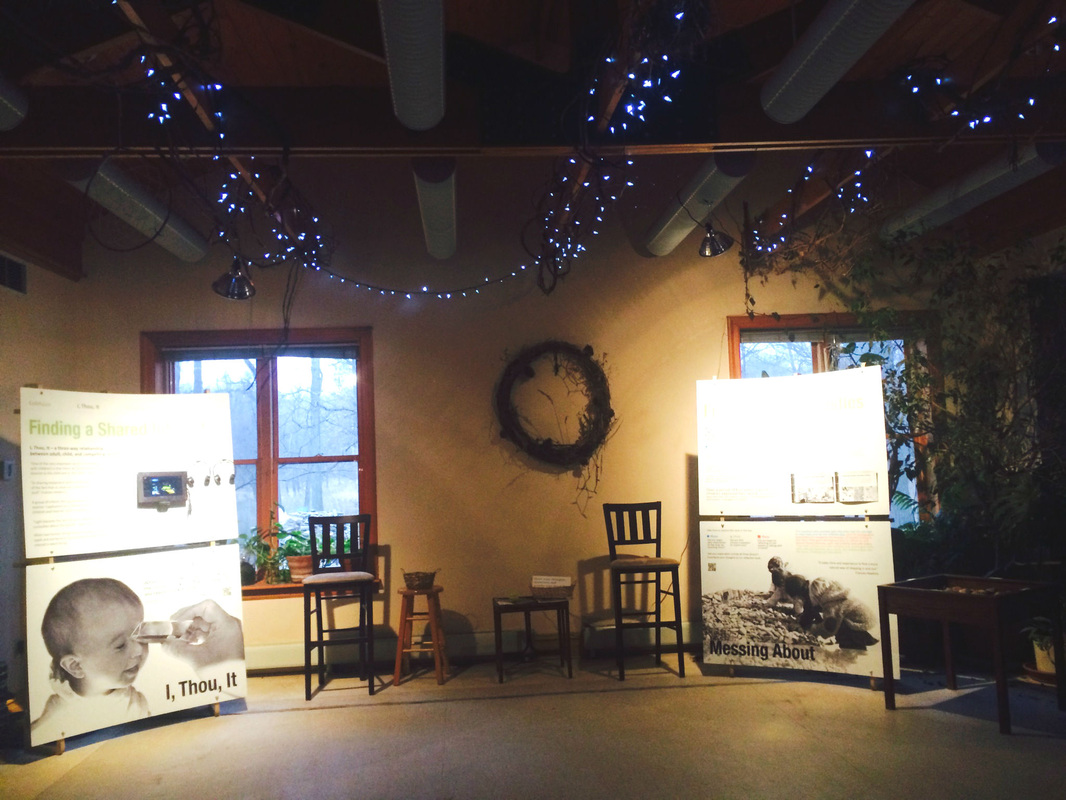
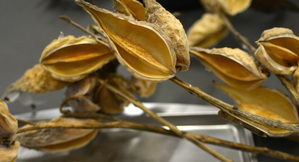
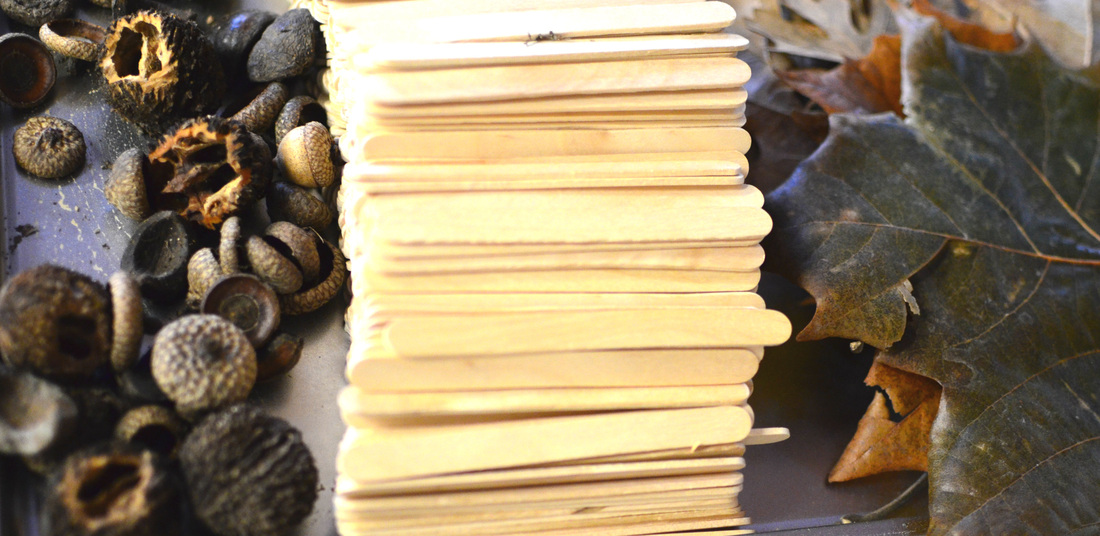
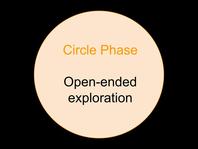
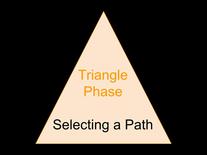
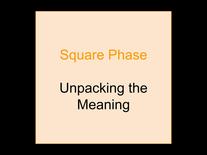
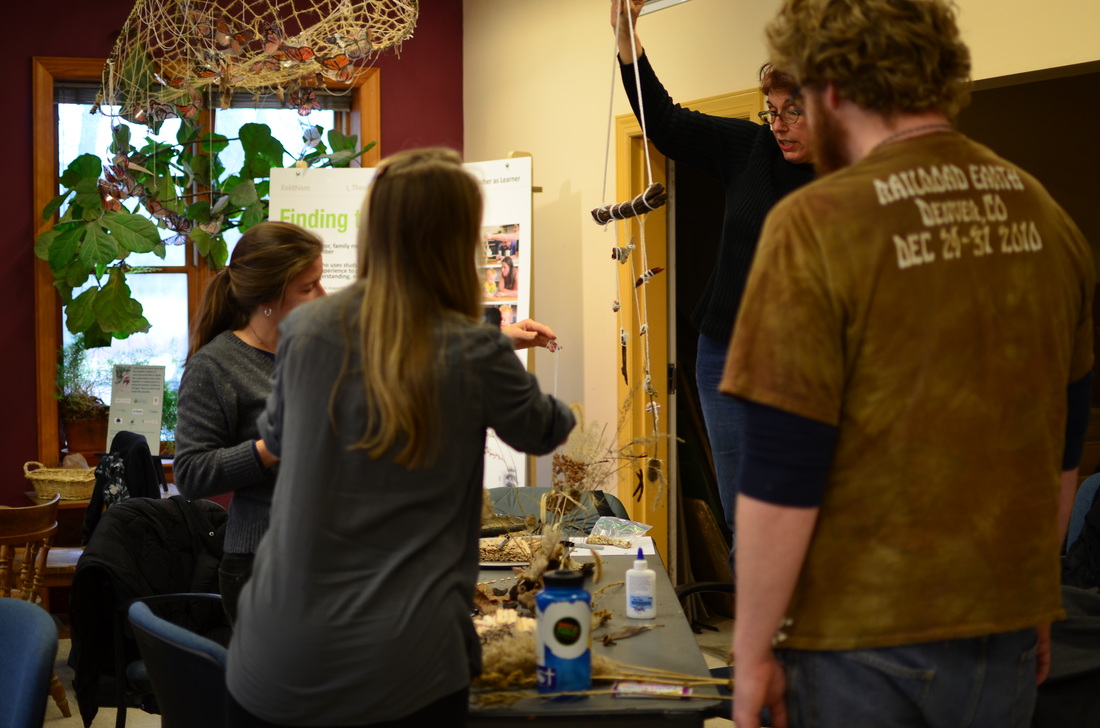
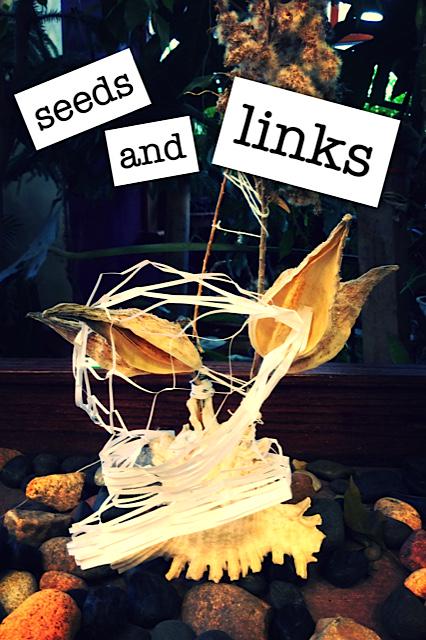
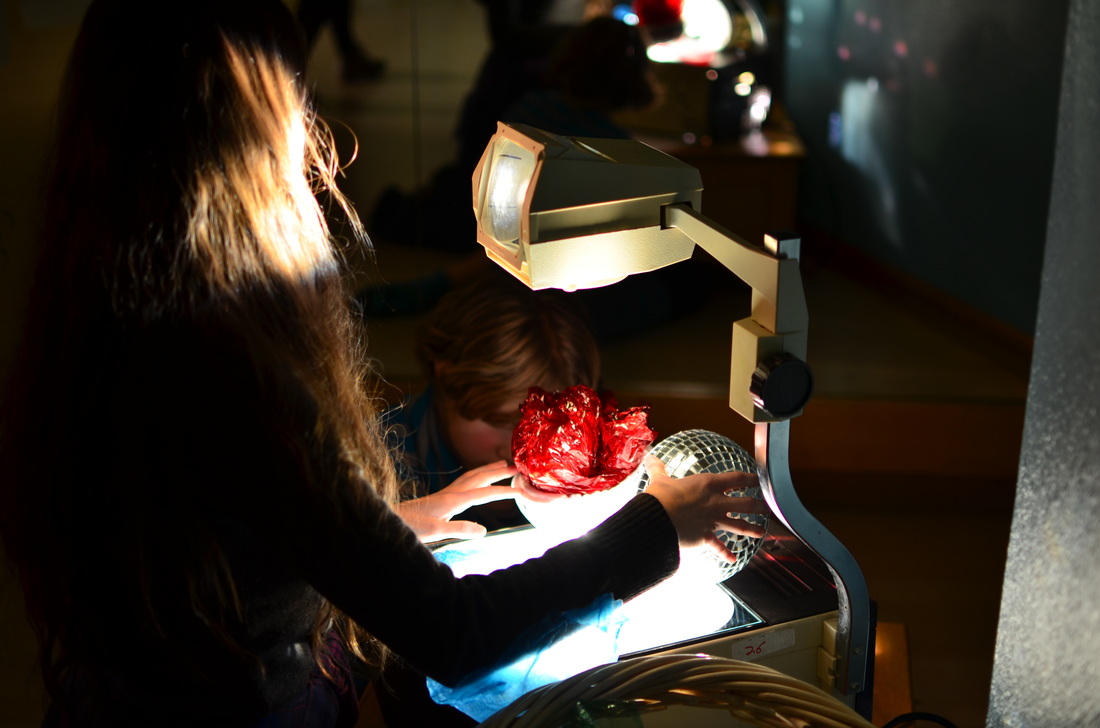
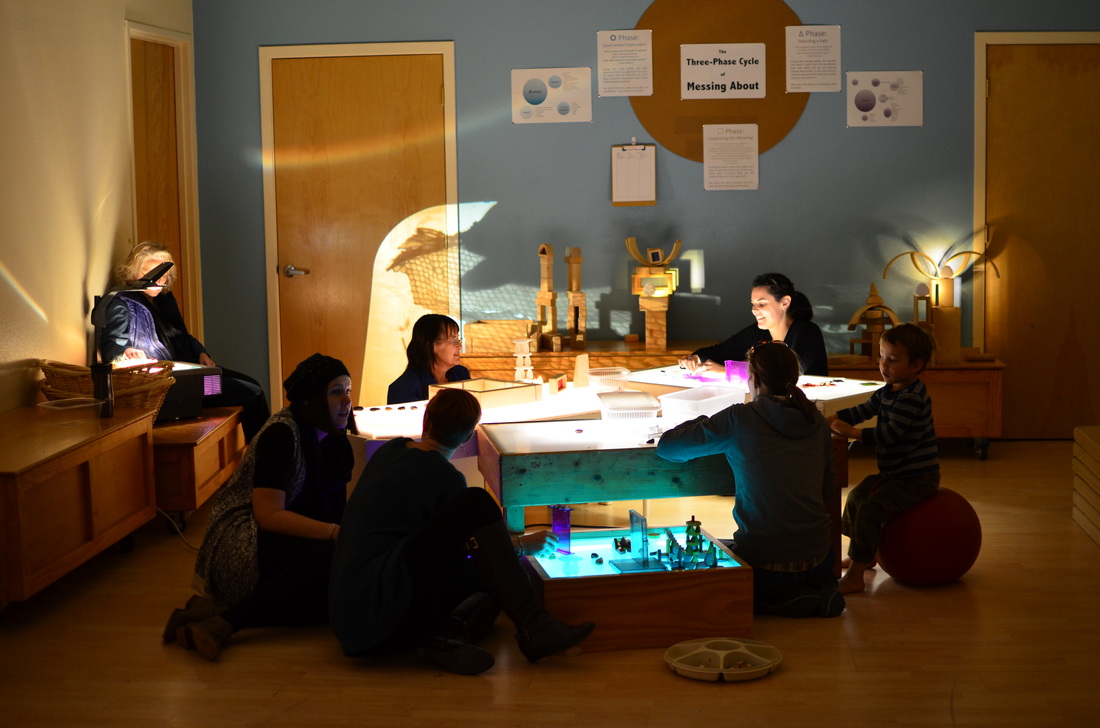
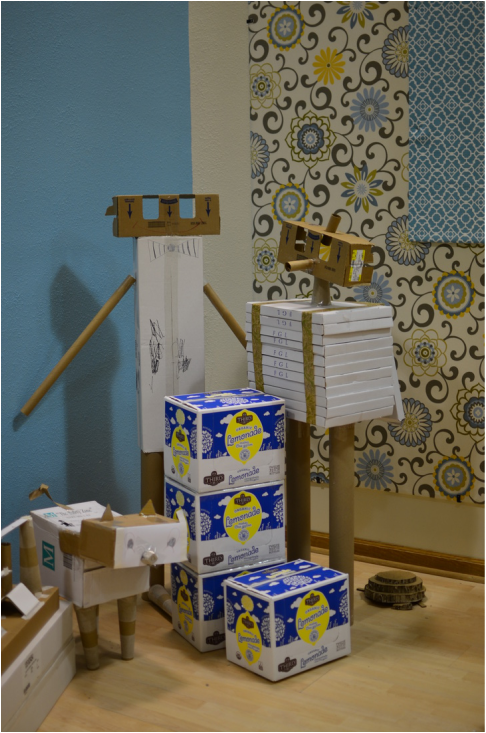
 RSS Feed
RSS Feed
